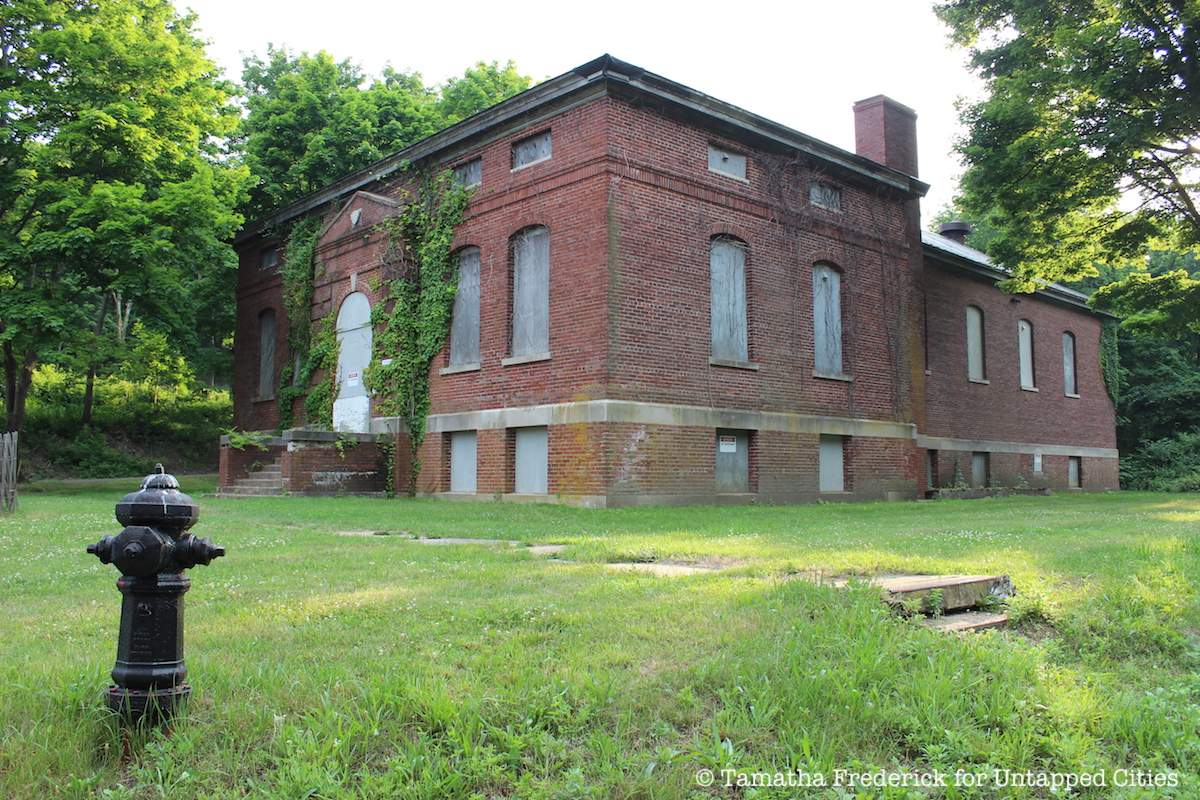Within a city’s limits, it can be difficult to freely explore abandoned sites. There’s the worry of legal ramifications, unstable squatters, and overall safety and convenience. But unlike some of the abandoned islands around New York City, Boston’s Harbor Islands are accessible to the public and even advertised on the mainland. Not all of them are technically abandoned as the whole area is designated a national and state park. That being said, you’ll find a mixed bag of well-marked historical ruins along with locations that are considerably wilder. This includes the camping island of Peddock’s: an urban retreat of sorts with enough creepy remnants that it was featured in the film “Shutter Island.”
Only six of the 34 Boston Harbor Islands can be reached by ferry, while another handful can be visited by private boat. Like Peddock’s Island, the Harbor Islands have a long and unique history. Some, such as Spectacle, once supported a casino, glue factories for horses, and a legendary dumping ground for garbage. The majority were used as harbor defense all the way through World War II. Peddock’s was home to Fort Andrews in its heyday, which was a training camp and active coastal defense during World War I, and later a compound during World War II, notably for about 1,000 Italians POWs.
These days, Peddock’s Island sees less traffic, even during the high season of summer. The ferry rides there are infrequent, often requiring a stopover on “touristy” Georges Island. But for urban explorers, even Georges—with its school field trippers and BBQers—is a welcome respite. Georges sustains the wonderfully intact Fort Warren, once used as a Confederate prison, training ground, and patrol point for Massachusetts regiments of the Union Army. Park rangers offer free tours or just passing advice. They’ll even escort you into the old hospital to tell you tales of escapees or point out a crawl space that gets you access into a hidden part of the fortress.
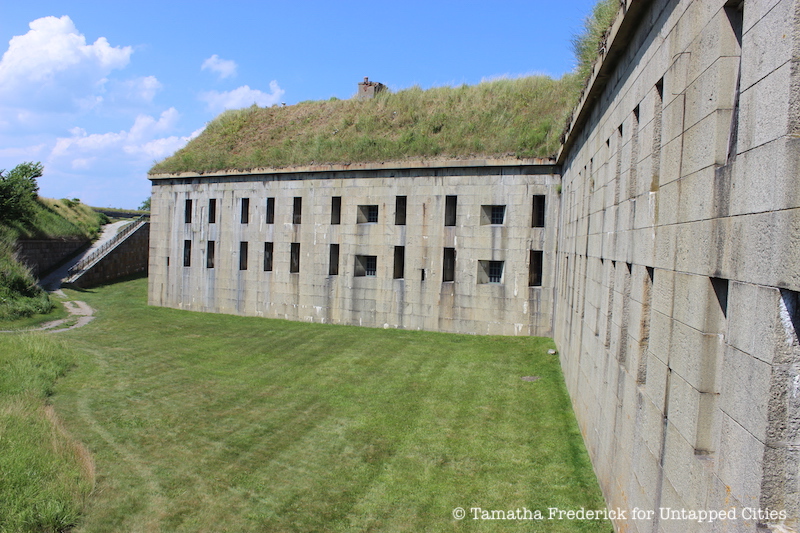 Outside wall of Fort Warren.
Outside wall of Fort Warren.
Then, it’s only a quick 15-minute jump over to Peddock’s Island. It’s obvious that the destination isn’t for glamping, even if you manage to secure one of their yurts before the rest of the Internet. There are no showers and the flushable toilets at the Welcome Center only stay open within the ranger’s work schedule. That being said, campers make do with fire pits and rocky beaches, as well as dockside carts to lug in a family’s worth of equipment. But it’s incredibly walkable. The island is shaped like a lopsided bow tie, with the Welcome Center, campsites, old chapel, and historic relics situated on the north side or “East Head.”
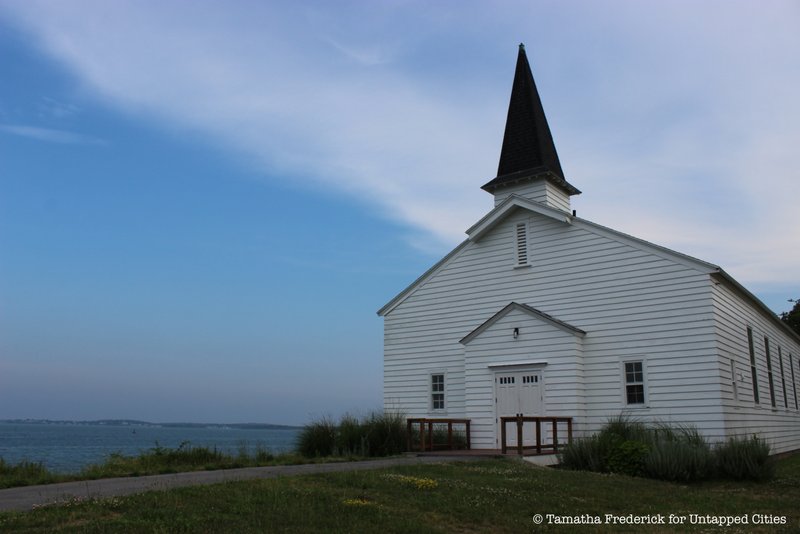
Camping is just one of the draws of Peddock’s Island. Twenty-seven military structures are left standing to photograph, learn about, and even climb on. Roads wind through the whole East Head, making for an easy self-tour. Visitors can start with “Officer’s Row,” a once hopping area that housed everyone from high-ranking generals to recruits living in dorms. Most of these structures have been leveled down to the foundation. The remaining red brick buildings in the vicinity—including the massive storehouse— retain many of their original signs but are securely boarded up. Alas, even the bakery is impenetrable.
But venture further along to “Gun Battery Loop,” where the relics are relatively untouched, unmarked, and haunting. Battery Cushing and Whitman are accessible via tunnels, littered with stone slabs and poison ivy. It’s in these pits that 12-inch mortars were mounted, operated by teams of 21 men with the power to fire over a 9-mile range. The mortars are long gone— some transferred to the Philippines to be used against the Japanese— but their history remains. Locked doors hide office spaces, storage rooms, and shell galleries. Some of the doors have cracked, luring in intrepid explorers.
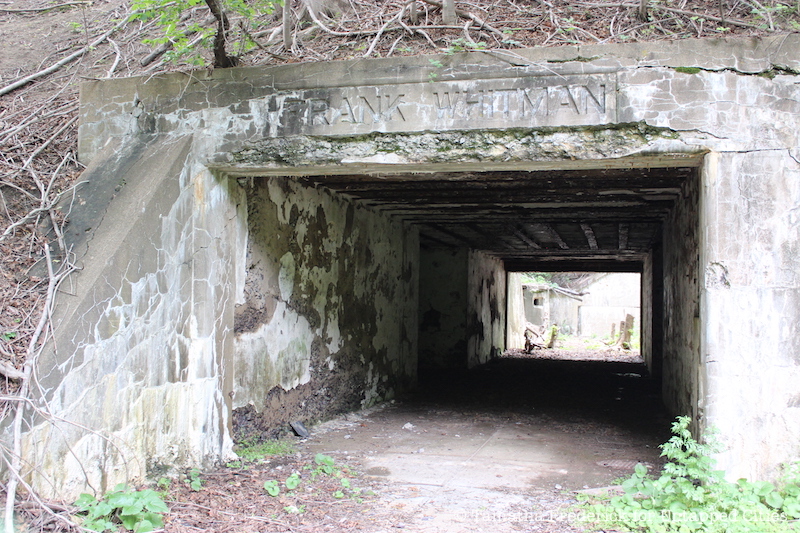
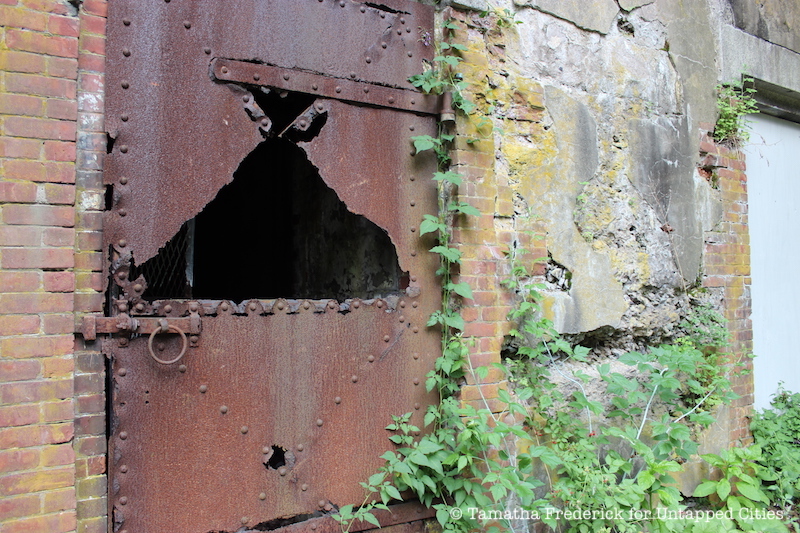
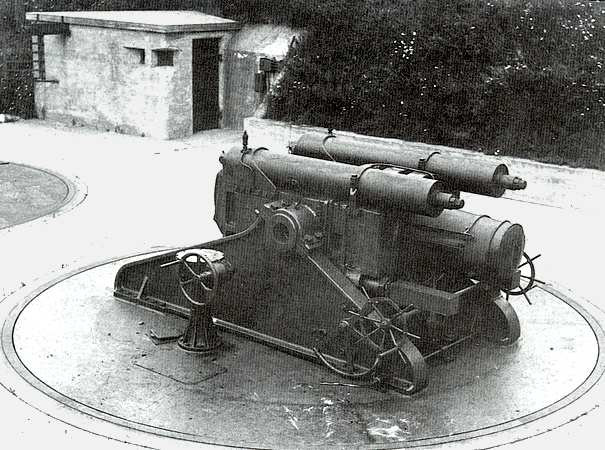 12-inch mortar on Peddock’s Island. Image by U.S. Navy via Wikipedia Commons.
12-inch mortar on Peddock’s Island. Image by U.S. Navy via Wikipedia Commons.
Another place worth poking around is close to the coastal camping area. Behind the bushes lies another gun battery area, significantly smaller than the large pits before. These areas provided fantastic vantage points over the cliff and into the bay. Climb up some crumbling stairs and it’s possible to sit in one of those look out points, now obstructed by the overgrow.
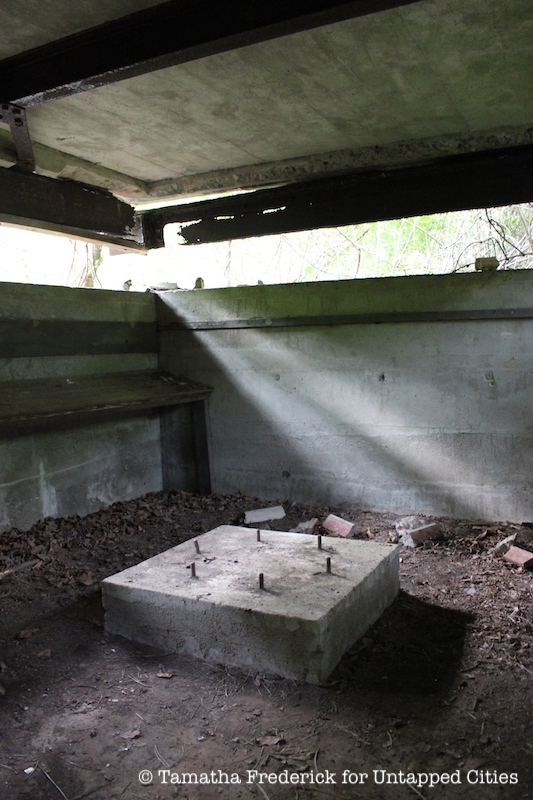
With more structures rumored to be torn down as well as hopes to turn Peddock’s Island into a legit historical site, now is the time to visit this hideaway from Boston’s crushing traffic and tourists. Next, check out abandoned Fort Wadsworth on Staten Island. Get in touch with the author @freshcoffeestains.com.
* On island information courtesy of the Department of Conservation and Recreation.






